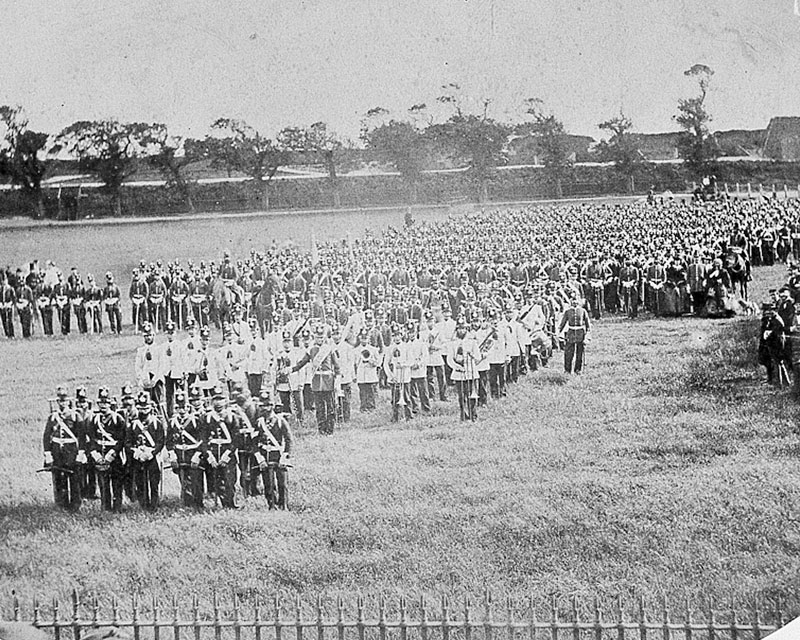
Despite occasional confrontations between black militiamen and former Confederate soldiers, the new militia units were never used to challenge the Ku Klux Klan or the Red Shirts, who were frequently better organized and better armed. These militia units were called at various times to defend Charleston, guard the coast, and resist Sherman’s march through the state.Īfter the Civil War, the Reconstruction government replaced the antebellum militia with new, segregated companies. They were replaced in the militia by older men and men who were exempt from Confederate service. After the firing on Fort Sumter, militiamen, both individually and as units, joined state regiments that were taken into Confederate service. A large portion of militia was called for duty at Charleston during the secession crisis. As a consequence of John Brown’s raid on Harper’s Ferry in 1859, the state authorized $100,000 for military contingencies. Militia musters also served as focal points for social and political meetings on state and local affairs.Īs sectional tensions grew in the 1850s, South Carolina began to improve its militia for possible action in a regional conflict. Therefore, in South Carolina the militia served primarily as a source of manpower for slave patrols that kept order and enforced the restrictions on slave activity. The same was true in the Mexican War (1846–1848), which was fought primarily by volunteer units, including the Palmetto Regiment from South Carolina. Thus, during the Second Seminole War (1835–1842), South Carolina had to depend on volunteers to serve in Florida when the federal government asked for assistance. A militia could not be required to serve outside its state. There was, however, a problem for a country bent on expansion.

Throughout the first half of the nineteenth century the militias were the backbone of the country’s defense. In 1808 this requirement was eased somewhat when the federal government agreed to provide the states with some weapons from federal stocks.
HISTORY OF THE MILITIA FREE
This act required all able-bodied free white male citizens aged eighteen to forty-five to enroll in the militia company nearest their place of residence and to provide themselves, at their own expense, with arms and ammunition. To bring some uniformity to the system, the Congress of the newly established United States passed what is usually called the Militia Act of 1792. The Revolutionary War, fought to a large degree by local Whig and Tory militiamen in South Carolina, ended the colony’s governance ties with the mother country but did not end the militia tradition.ĭuring the Confederation government (1781–1789), the national army was minuscule and each state was responsible for its own defense.

In 1671 the Grand Council of colonial South Carolina passed a militia ordinance requiring all men aged sixteen to sixty to serve in the militia and to provide their own weapons. It established the militia as the primary land defense of England and, by extension, the main defense of her colonies. This tradition, dating back to the Anglo-Saxon fyrd, was formalized by Henry II in the Assize of Arms of 1181 and refined by successive English kings.


When the colonists set foot in South Carolina in 1670, they brought with them the traditional English concept of a militia, the idea that every citizen had a duty to assist in the defense of the community.


 0 kommentar(er)
0 kommentar(er)
